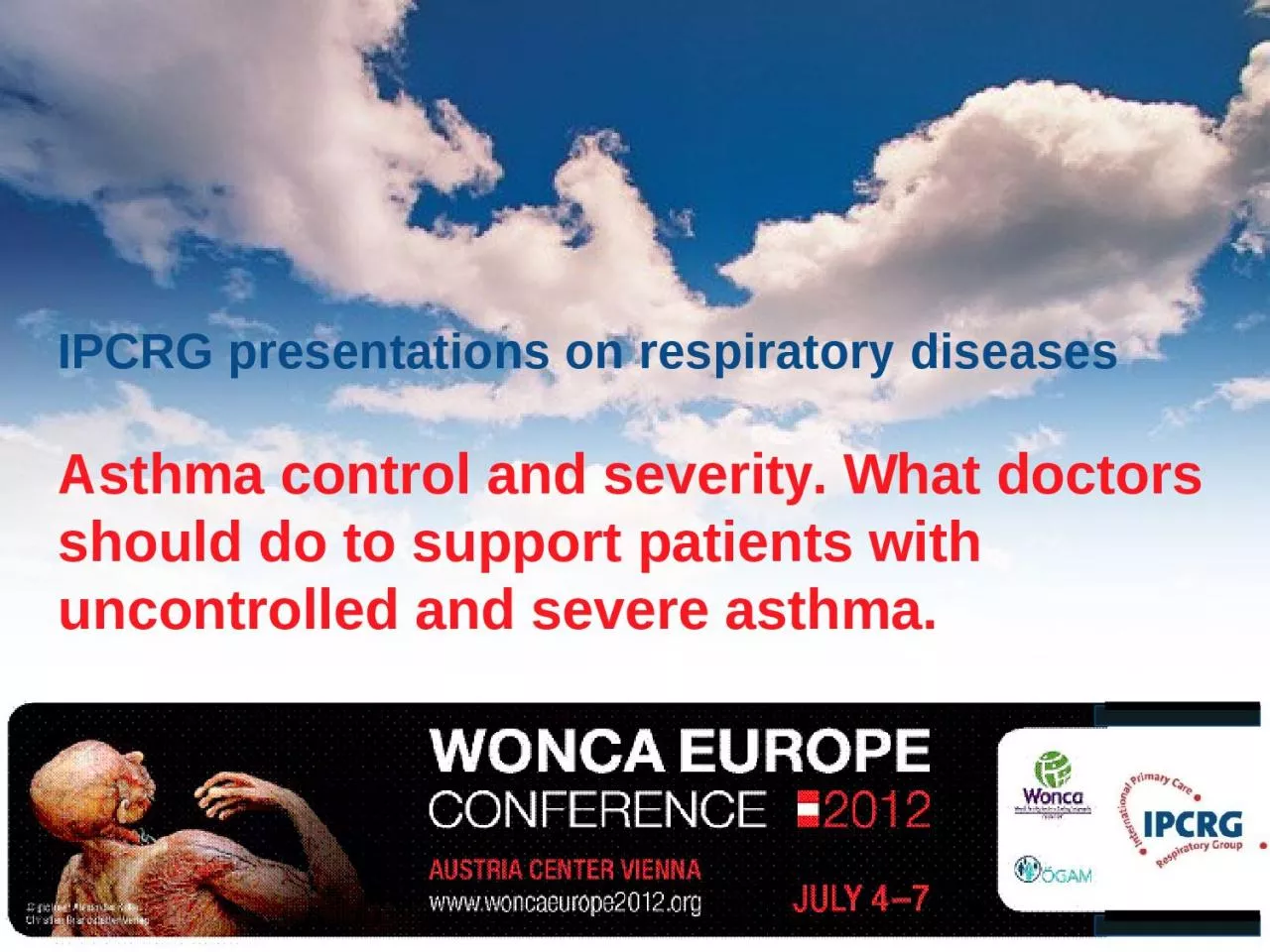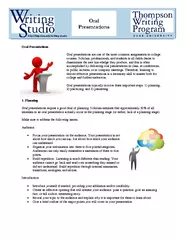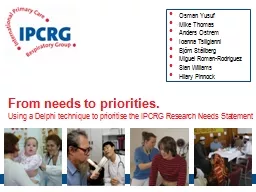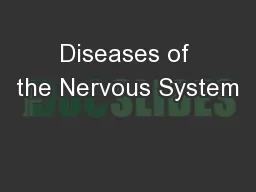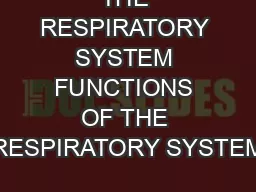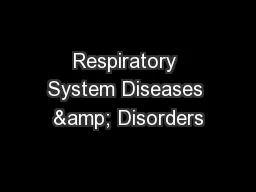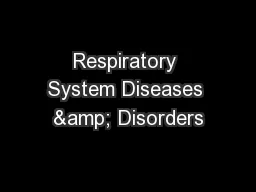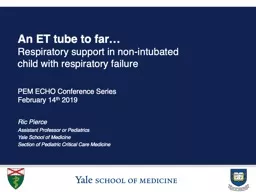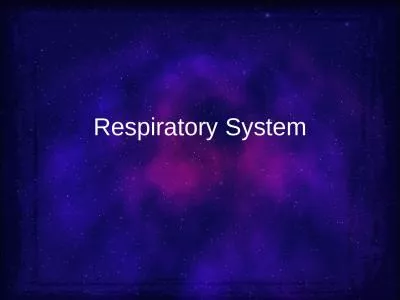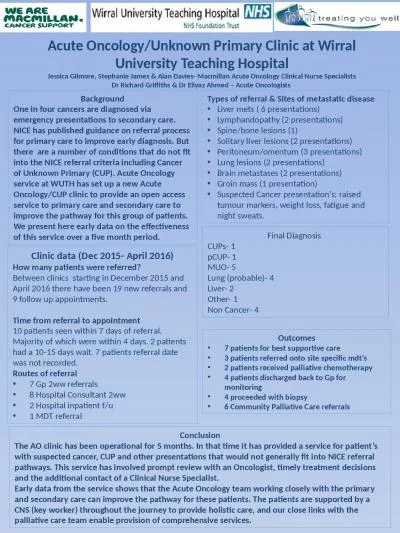PPT-IPCRG presentations on respiratory diseases
Author : callie | Published Date : 2023-11-22
Asthma control and severity What doctors should do to support patients with uncontrolled and severe asthma Jaime Correia de Sousa Miguel RománRodríguez Session
Presentation Embed Code
Download Presentation
Download Presentation The PPT/PDF document "IPCRG presentations on respiratory disea..." is the property of its rightful owner. Permission is granted to download and print the materials on this website for personal, non-commercial use only, and to display it on your personal computer provided you do not modify the materials and that you retain all copyright notices contained in the materials. By downloading content from our website, you accept the terms of this agreement.
IPCRG presentations on respiratory diseases: Transcript
Download Rules Of Document
"IPCRG presentations on respiratory diseases"The content belongs to its owner. You may download and print it for personal use, without modification, and keep all copyright notices. By downloading, you agree to these terms.
Related Documents

